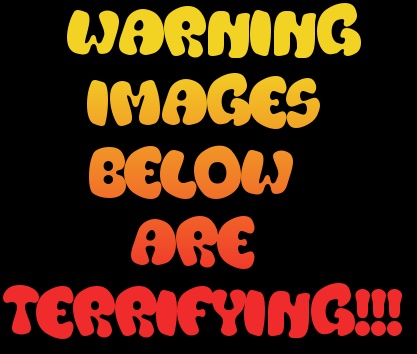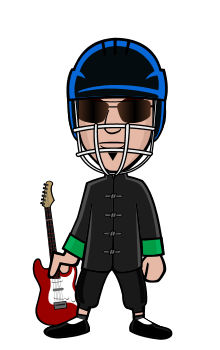
ARE YOU AFRAID/SCARED OF HOLES?
LET'S SEE WHAT BIZZARE PHENOMENON IS THAT..
WHAT IS TRYPOHOBIA?
Trypophobia is the pathological fear of objects with irregular patterns of holes, such as beehives, ant hills and lotus seed heads. Thousands of people claim to have the condition, but it is not recognized as a condition in the American Psychiatric Association's Diagnostic and Statistical Manual of Mental Disorders (DSM) or other scientific literature.The term was coined in 2005, from the Greek τρύπα (trýpa) "hole" and φόβος (phóbos) "fear".
In the early 2000s many Internet users bonded over their common aversion to pictures that showed clustered arrays of small holes, such as a beehive or even the popped bubbles on the uncooked top of a pancake. For almost a decade “trypophobia,” literally “fear of holes,” was nothing more than an Internet phenomenon, but finally researchers have found evidence of its validity and investigated its possible cause.
The story begins with the growth of online image sharing; soon many people realized they shared a revulsion that could reach the level of nausea to photographs of clusters of holes. The term “trypophobia” appears to have been coined by an unidentified Irish woman in a post on a Web forum in 2005. The idea went viral: self-identified trypophobics formed a Facebook group, created an eponymous Internet domain and posted informational YouTube videos. A Wikipedia article was repeatedly created and repeatedly deleted for lack of reliable sources.
Four years ago two psychologists at the University of Essex in England, Geoff Cole and Arnold Wilkins, decided to research the phenomenon. They showed a picture of a lotus seed head—anecdotally a potent trigger of the phobia—to 286 adults aged 18 to 55 years old. Eleven percent of men and 18 percent of women described the seed head as “uncomfortable or even repulsive to look at,” indicating a level of revulsion on par with phobia.
Cole and Wilkins theorized that the visual structure of the image causes at least part of the unease. They analyzed a set of aversion-inducing photographs and images of holes that did not trigger trypophobia and found that most of the disagreeable pictures shared an underlying mathematical structure that incorporates small, high-contrast features such as dots or stripes. This spectral pattern is seen in the skin coloration of many species of dangerous or poisonous animals; past studies have found that most people find this pattern uncomfortable to look at. Indeed, a variety of images taken from the Web site trypophobia.com produced discomfort in a group of 20 people who did not have the full-blown phobia.
These spatial characteristics explain at least some of the discomfort caused by pictures of small holes, but Wilkins acknowledges that something more is needed to explain the intensity of revulsion in sensitive people. The crucial factor might be an association with skin lesions such as scars or sores—those with trypophobia often say that the sight of clustered holes makes their skin crawl, and pictures of holes in skin are particularly potent. The emerging story, then, is that “fear of holes” may be a form of the universal aversion to scars and sores—an evolved trait that may have helped our ancestors avoid germs and disease—extended to objects such as lotus seed pods and honeycombs.

IF YOU GUESS THAT YOU CAN'T TAKE IT, JUST QUIT :)
IF YOU STILL WANT TO SEE IT,GO AHEAD :)




















information source: http://en.wikipedia.org/wiki/Trypophobia
http://www.scientificamerican.com/article/are-you-afraid-of-holes/
image source: GOOGLE.COM



